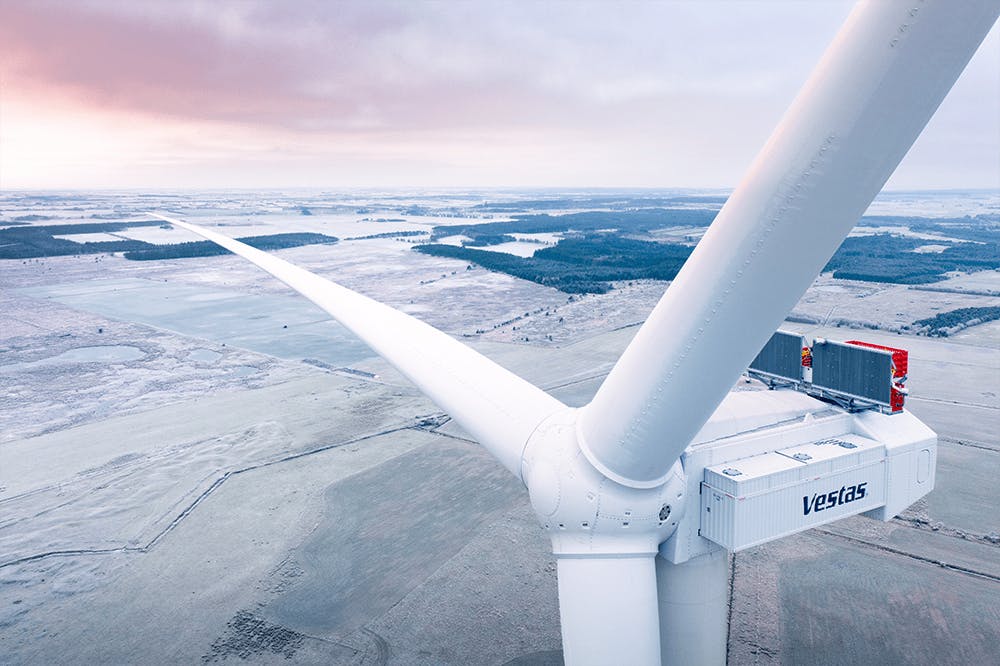Articles and blogs

Harnessing the Power of a Energy Community: A Renewable Energy Success Story
By James Powell
March 6, 2025
What if your community could own the power it uses? In Denmark, one town has proven it’s possible. Communities are leading the charge towards a sustainable future through innovative renewable energy projects. By joining forces, local communities aren’t just adopting and owning renewables—they’re revolutionizing the energy landscape.
The Energy Community approach
For Thyborøn their journey began many years ago when a group of passionate individuals came together to install four 90kW wind turbines. Their approach was and remains effective: secure land agreements, engage local contractors, foster strong relationships with turbine manufacturers like Vestas and Siemens, and most importantly – give the community an opportunity to invest and own their share of the project and its future impact. This strategy not only ensures smooth project execution but also strengthens community bonds.
What sets this approach apart is the financial model. Funded by the community in Thyborøn, they eliminated the risk of high interest loans. Shares are affordably priced, representing a portion of annual production, making them accessible to a diverse range of age groups. This approach has garnered widespread support, with the latest project at 15 MW capacity (big! – enough to power 15,000 homes) raising 170 million DKK (€23.5 million) within the local municipality alone.
Reflecting on the journey, one of the community leaders of both the original and most recent projects, Jens Jørgen Birch remarked: “The best thing is when this turbine is running, and you see the impact on the community—it’s truly rewarding”.
This model works—but until now, it has relied on localized efforts. Orklys is changing that. By creating a platform that streamlines this process and connects investors directly to community-led projects, Orklys will make it easier for more people to take part in the clean energy transition. “We saw how these projects thrived when communities had ownership” says James Powell, Co-Founder of Orklys. “Our goal is to take this proven model and help scale it across Europe, making renewable energy accessible to all”.
As we look to the future, Orklys is launching a platform designed to streamline this process and attract more investors to community-driven projects. James Powell, Co-Founder of Orklys, stated, “Our goal is to empower communities to take control of their energy futures, we believe we can help scale this approach across Europe, making renewable energy accessible to all”.
These renewable energy projects are a testament of what’s possible when communities take control. By taking ownership of their energy needs, the communities are not only contributing to a greener future but also setting a truly inspirational precedent for others to follow. The question is—who’s next?
